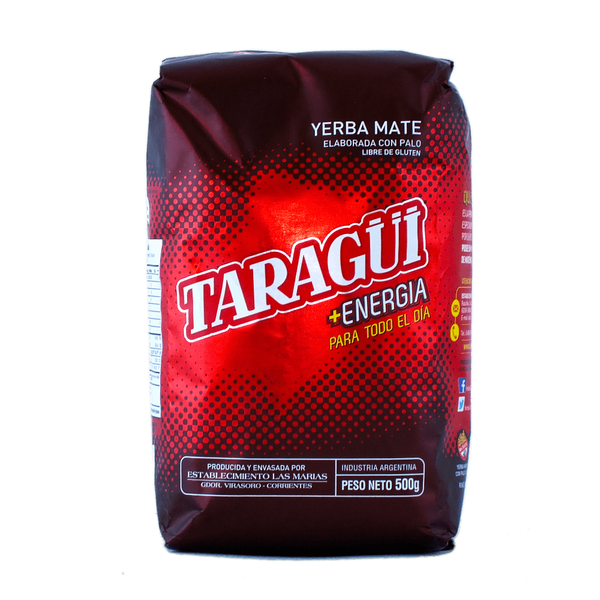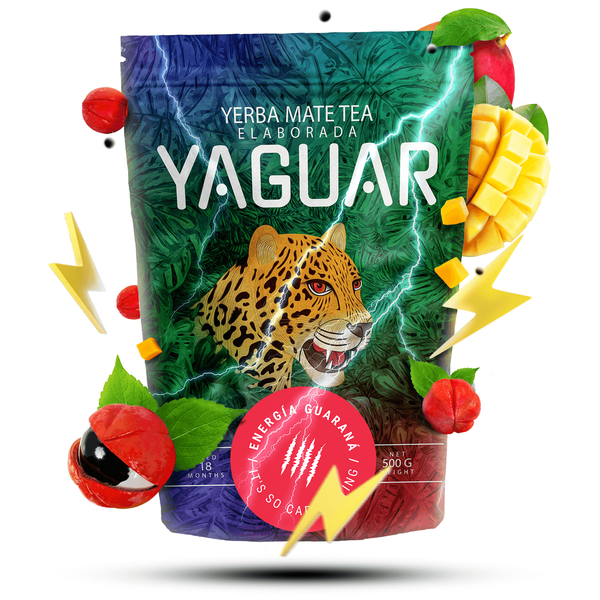Sarsaparilla - a miraculous plant

Over the last few years, natural products have become increasingly popular. We want to eat better, look better, feel better and lead a healthy lifestyle. We are looking for healthy substitutes for synthetic dietary supplements. One such healthy ingredient with very valuable properties and a wide range of uses is sarsaparilla.
Summary:
- Sarsaparilla - what is it and where does it come from?
- Sarsaparilla - properties and chemical composition
- Sarsaparilla - where can you find it?
Sarsaparilla - what is it and where does it come from?
Sarsaparilla is the common name for Smilax, a genus of tropical plants that are found throughout Mexico, Central and South America and the Caribbean. They are perennial climbing plants - woody vines that grow high in the treetops of the rainforest. They reach up to 50m in length. The spike-covered stems of sarsaparilla attach themselves to other plants. Sarsaparilla has dark green leaves - heart-shaped or teardrop-shaped. It has tiny white flowers that, when pollinated, develop into dark red or blue fruits. The Spanish name “zarzaparilla” was formed by combining two words: "zarza" and "parra", which mean respectively: "blackberry" and "vine". The suffix “-illa” was added to these words as a diminutive. In natural medicine or for culinary purposes, the sarsaparilla root is usually used, which is characterised by its pleasant fragrance and spicy-sweet taste.
Sarsaparilla was used in natural medicine by the indigenous people of South and Central America centuries ago. It was and still is particularly popular today in Mexico, where it is appreciated for its valuable properties. At the end of the Middle Ages, sarsaparilla was brought to Europe by traders and began to be used in medicine as a remedy for syphilis and rheumatism. Between 1820 and 1920, sarsaparilla was even registered as an official syphilis remedy in the USA. In the past, a soft drink called “sarsaparilla”, similar in taste to root beer, was popular in the United States. However, it actually had nothing to do with it. The ingredient in the drink was a plant called sassafras, not sarsaparilla. The drink is still popular today, but no longer in the USA - it is popular in Southeast Asian countries. These products contain neither sarsaparilla nor sassafras, instead natural or artificial flavours that mimic the spicy taste of the plant. Nowadays, sarsaparilla is increasingly found in capsule form - as a dietary supplement.

Sarsaparilla - properties and chemical composition
Due to the variety of plant species referred to as “sarsaparilla”, it is difficult to determine exactly what chemical compounds are found in them. In research, the rhizomes and roots of sarsaparilla are considered. Among the minerals of which sarsaparilla is a source, the most common are zinc, aluminium, chromium, iron, magnesium, selenium, calcium and many others. It is also a source of vitamins A, B, C and D. Smilax plants contain a number of steroidal saponins, which contribute to sarsaparilla's mildly bitter taste and foaming reaction with water. The saponins in the plant help to deter fungi and insects from eating its leaves - so this is one reason why sarsaparilla exhibits antifungal properties. Saponins also facilitate the body's absorption of medicines and phytochemicals. Sarsaparilla contains phenolic compounds, which have anti-inflammatory and antioxidant effects, and flavonoids, which in the plant are the pigmenting substance and are responsible for the colour of the leaves. They are used to treat inflammation and autoimmune diseases. They modulate immunity and protect the liver. Also found in sarsaparilla are kemferol, quercetin, starch, resin, cetyl alcohol, essential oils and numerous acids.
Sarsaparilla - effects and uses
Sarsaparilla has been appreciated for its medicinal properties for hundreds of years. Traditionally, it was used as a remedy for impotence, venereal disease and rheumatism, as well as to strengthen the body and increase vitality. The indigenous peoples of Peru and Honduras used its properties to treat colds and joint pains, while Amazonian shamans made decoctions of it to cure skin diseases. It was also valued as a toxin cleanser - its diuretic and sweating-inducing properties were used. It was used to purify the blood. In 1942, a study was conducted that confirmed the effectiveness of sarsaparilla in treating skin diseases such as psoriasis, leprosy, eczema and acne. The results of the study were published in the New England Journal of Medicine. Ninety-two patients took part in the study - 62% of them showed improvement in their psoriatic lesions and 18% of patients had their lesions completely disappeared. The cleansing properties of sarsaparilla were considered to be important here. People with psoriasis have been shown to have high levels of endotoxins circulating in the bloodstream, and sarsaponin - one of the steroids contained in sarsaparilla - binds to and removes the endotoxins, improving the patient's skin condition. The effect of sarsaparilla on the treatment of leprosy and other skin diseases was confirmed by further studies, which were conducted in 1959. The use of sarsaparilla in the treatment of syphilis was proven by clinical observations in China, where it proved effective in 90% of acute cases and 50% of chronic cases.
Saponins and plant steroids, which are contained in sarsaparilla, can be synthesised into steroids such as oestrogen and testosterone. This fact has been exploited by dietary supplement manufacturers for marketing purposes, creating false claims that sarsaparilla would have the effect of increasing muscle mass during exercise and reducing body fat at the same time, and that this would have a positive effect on improving body shape. Science refutes these claims. Synthesis into steroids has never been documented in the human body, only in the laboratory. Sarsaparilla has not been proven to have anabolic effects.
Sarsaparilla - contraindications and side effects
Sarsaparilla has no side effects. It is a product that comes directly from nature, so it is healthy for the human body. It should be noted, however, that using it in too large a quantity can cause gastric irritation. As mentioned earlier, sarsaparilla increases the body's ability to absorb medicines, so it is advisable to consult a doctor or pharmacist. It is contraindicated for use by women who are pregnant or breastfeeding. No studies have yet been conducted to confirm that sarsaparilla can be used safely in such cases, so it is advisable to exercise caution.
Sarsaparilla - where can you find it?
Although its properties have long been used in natural medicine, it is now gaining popularity. Historically in the United States, “Sarsaparilla” has been popular as a non-alcoholic drink with a pleasant, spicy taste and aroma. It is increasingly available in health food shops, in the form of dietary supplements - capsules and tablets. Tinctures with it are available, and it can also be purchased as a stand-alone ingredient from which an infusion can be prepared or added to yerba mate, tea or other herbs. You can buy dried sarsaparilla in our online shop. There is also a blend of yerba mate with sarsaparilla - Verde Mate Green Sarsaparilla. Here, sarsaparilla combined with fine green yerba mate, herbal additives such as lemongrass, mint and calendula petals, and the addition of dried apple, creates a pleasant composition with sweet and spicy notes. It is advisable to brew it in a container made of palo santo wood, which will bring out even more interesting flavours.
Source of graphics used:
- author Carsten Niehaus, Attribution-ShareAlike 3.0 Unported (CC BY-SA 3.0) license
- author David Gaya, Attribution-ShareAlike 2.5 Generic (CC BY-SA 2.5) license
Source of information:




